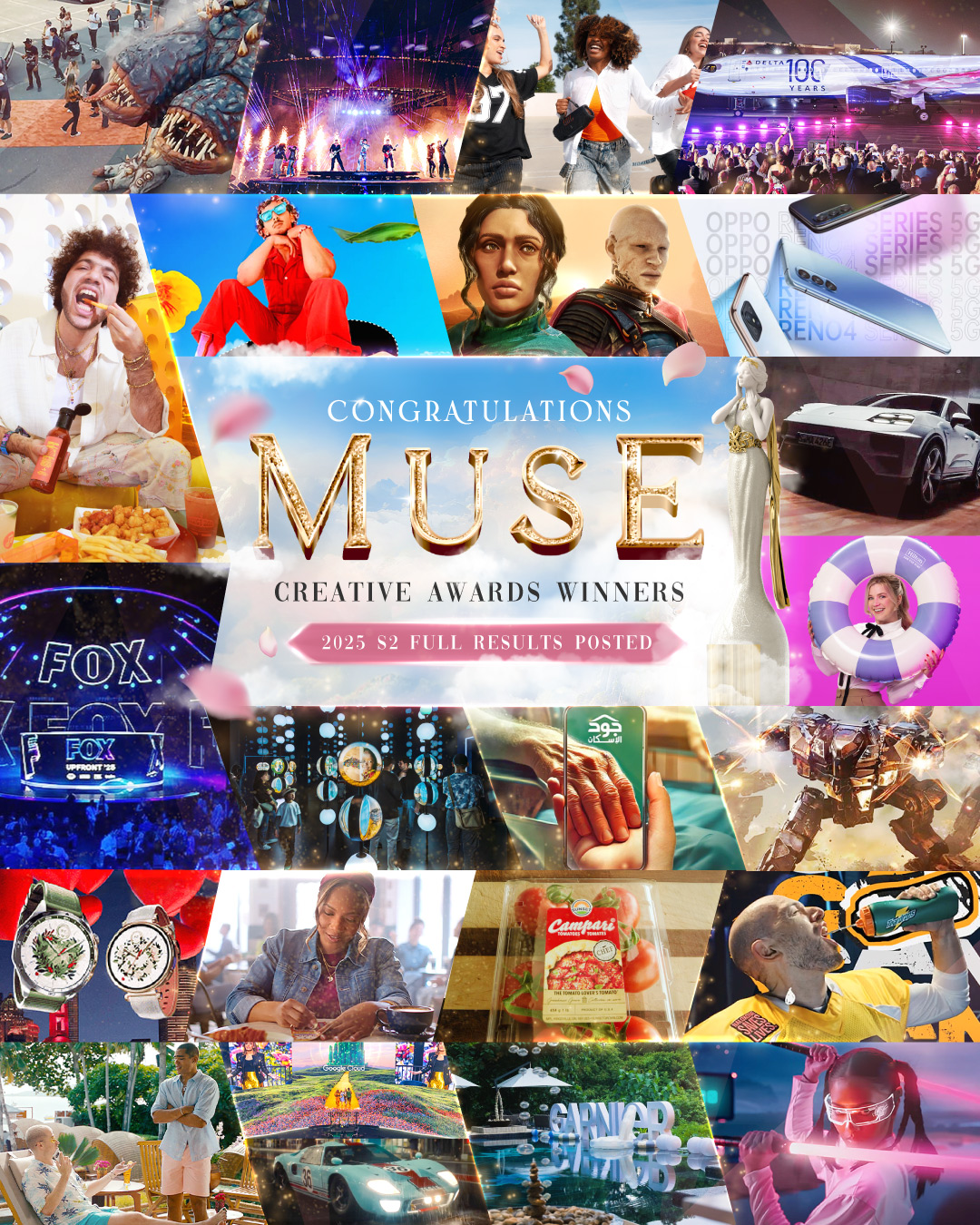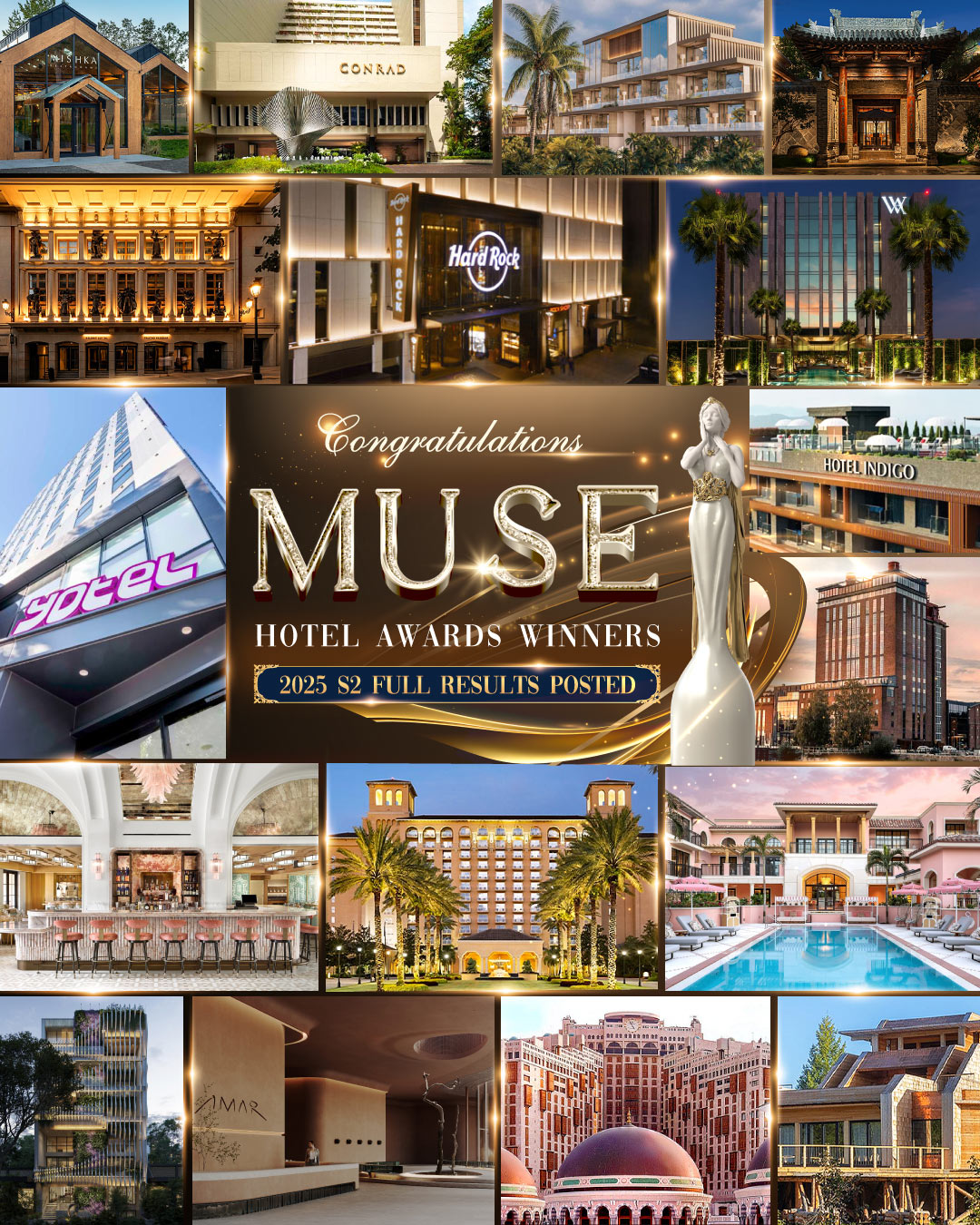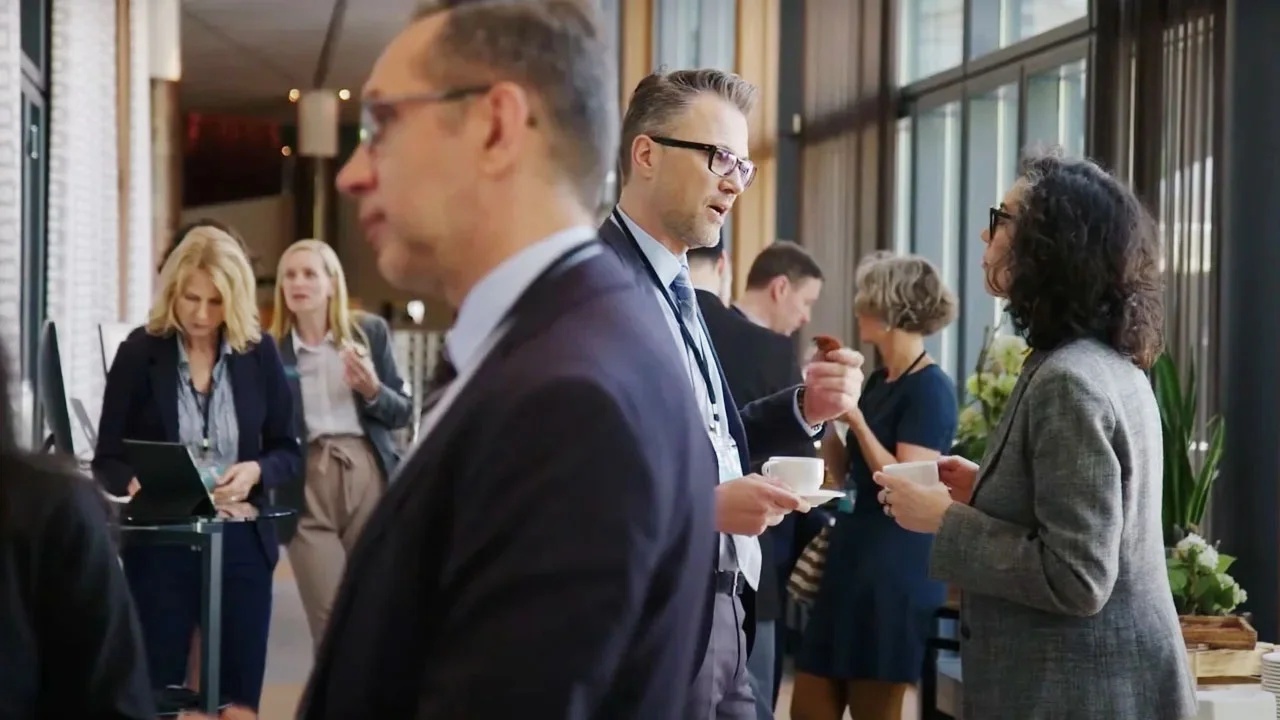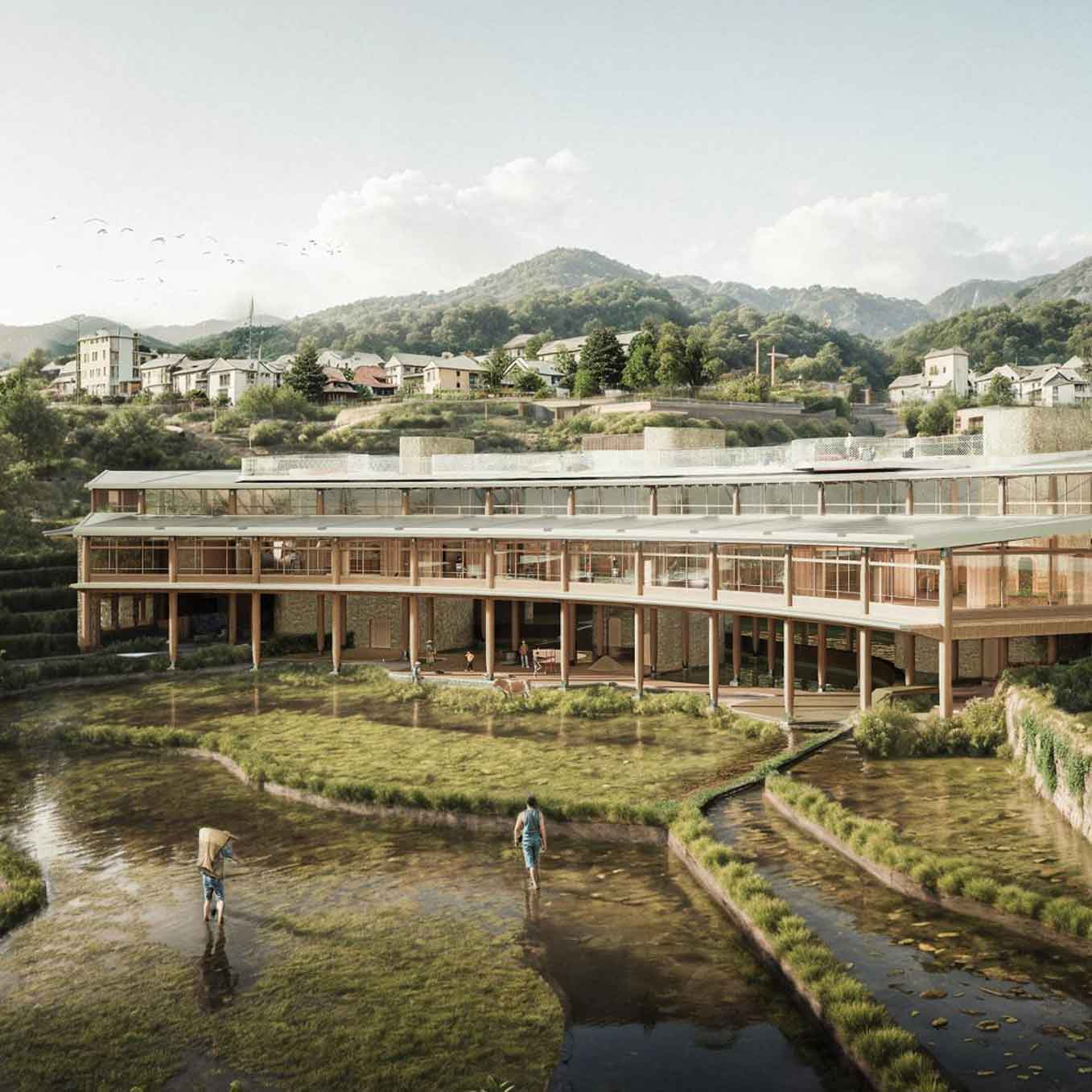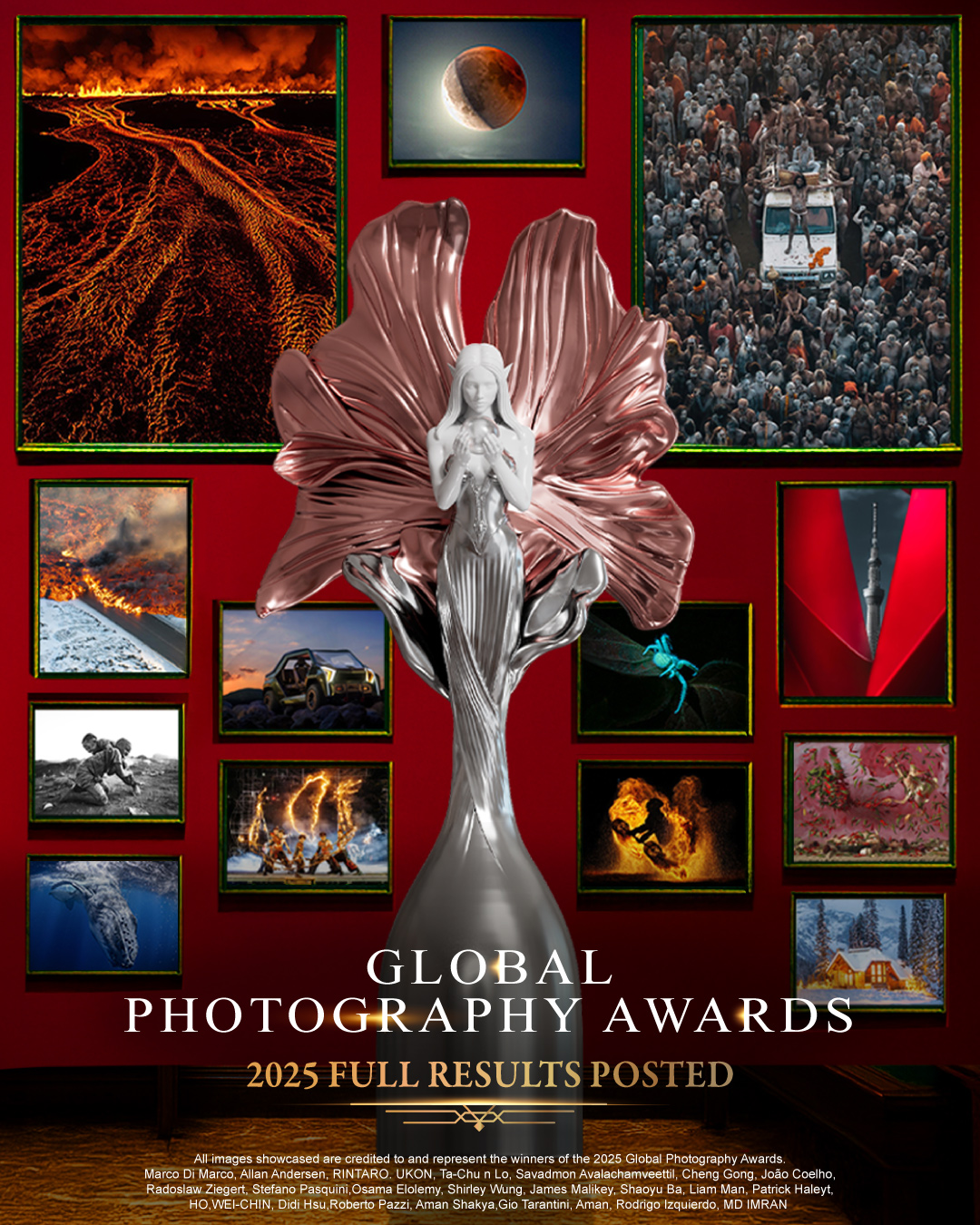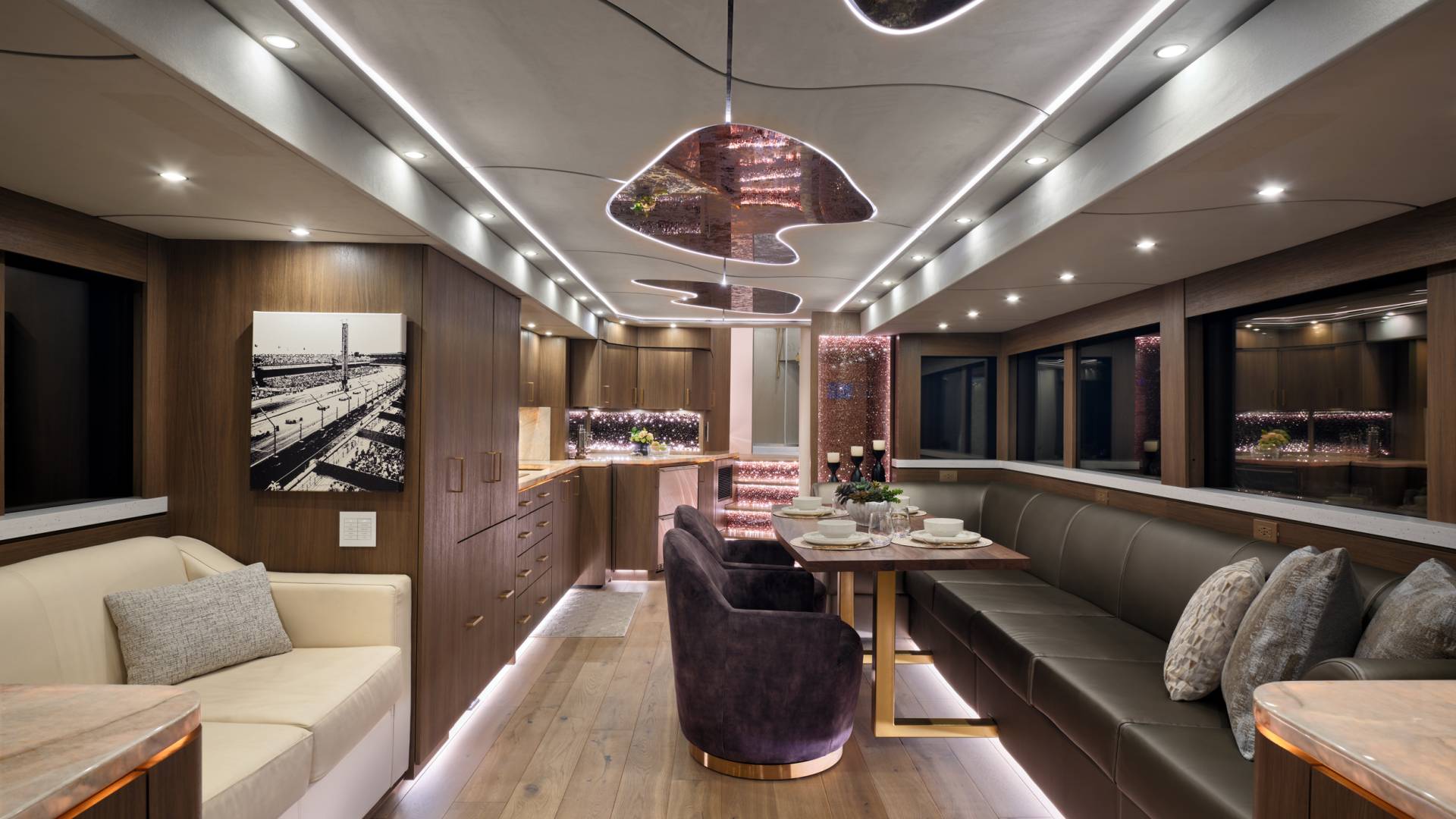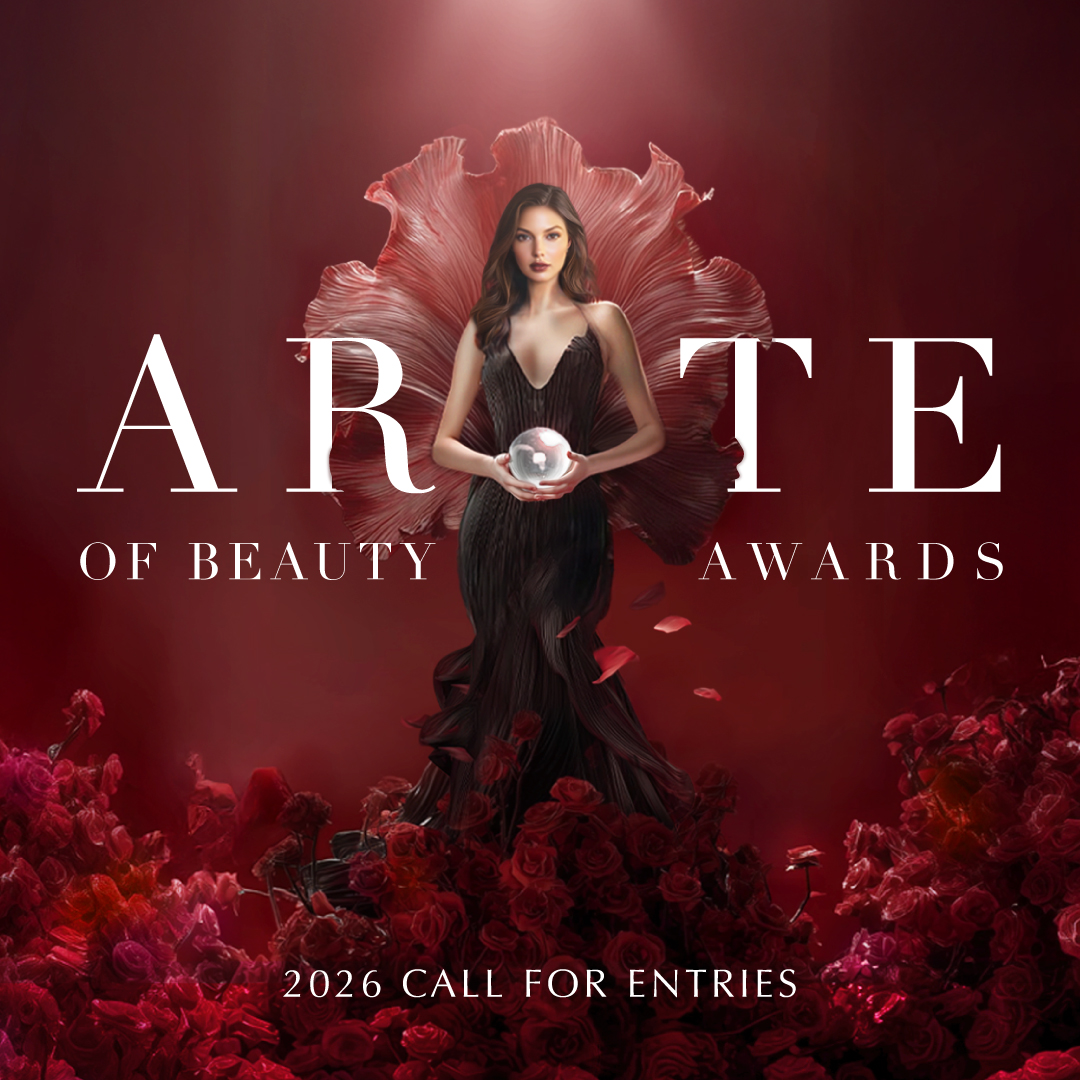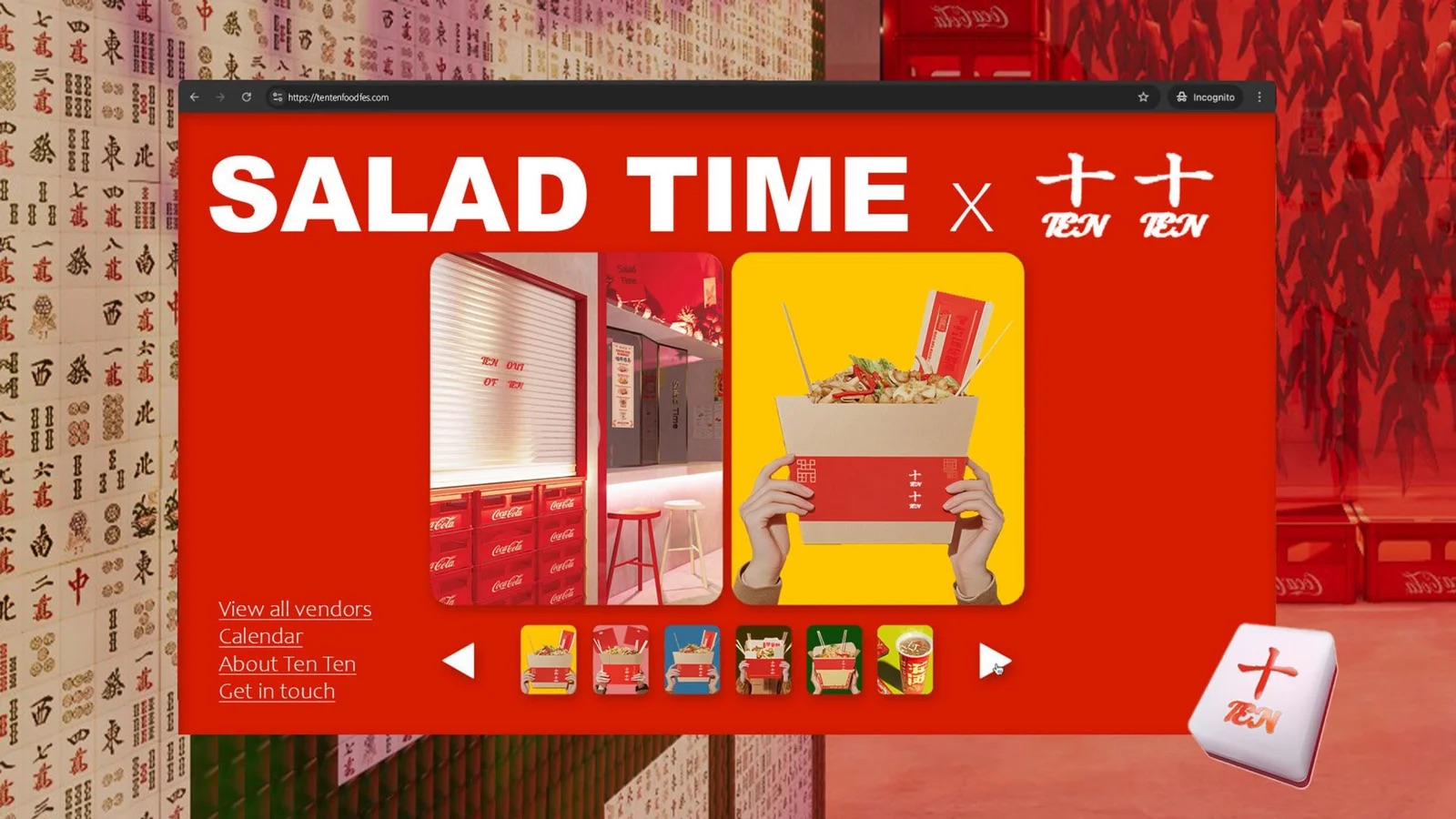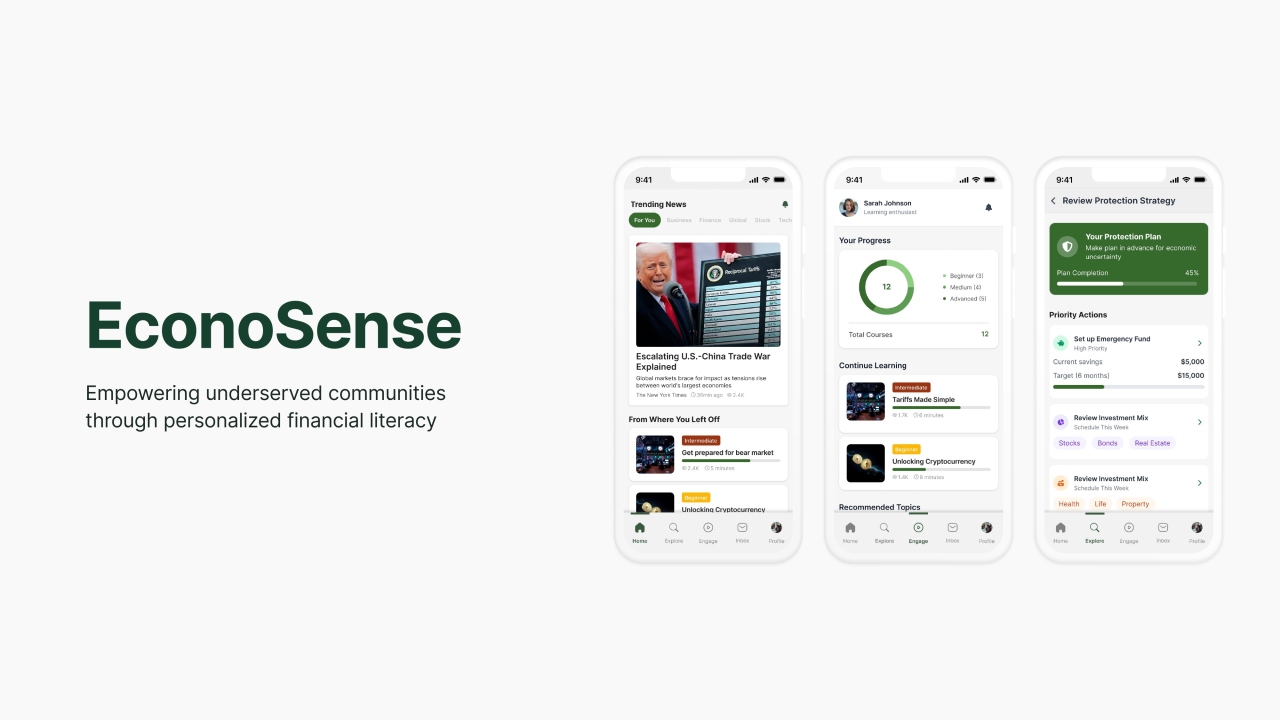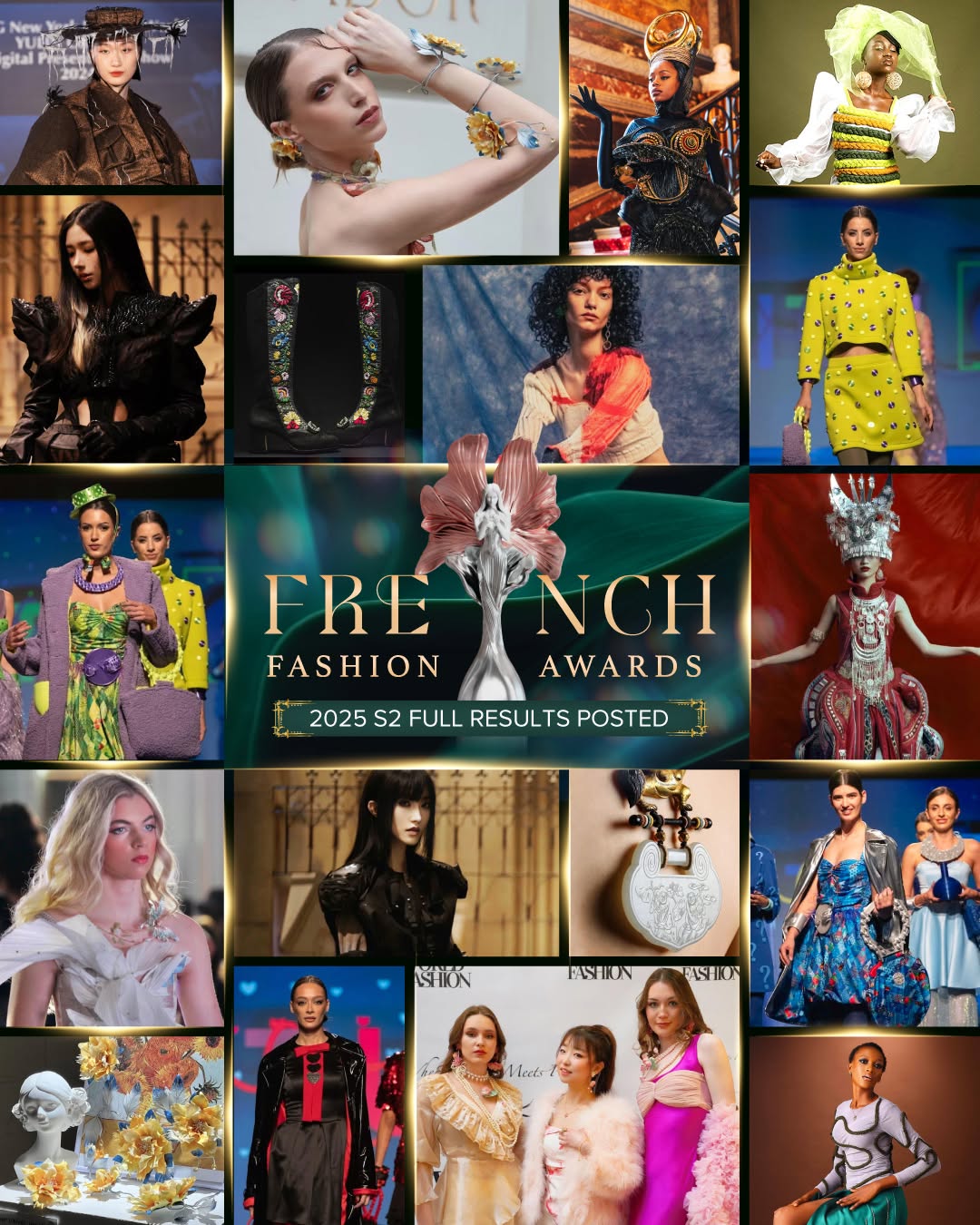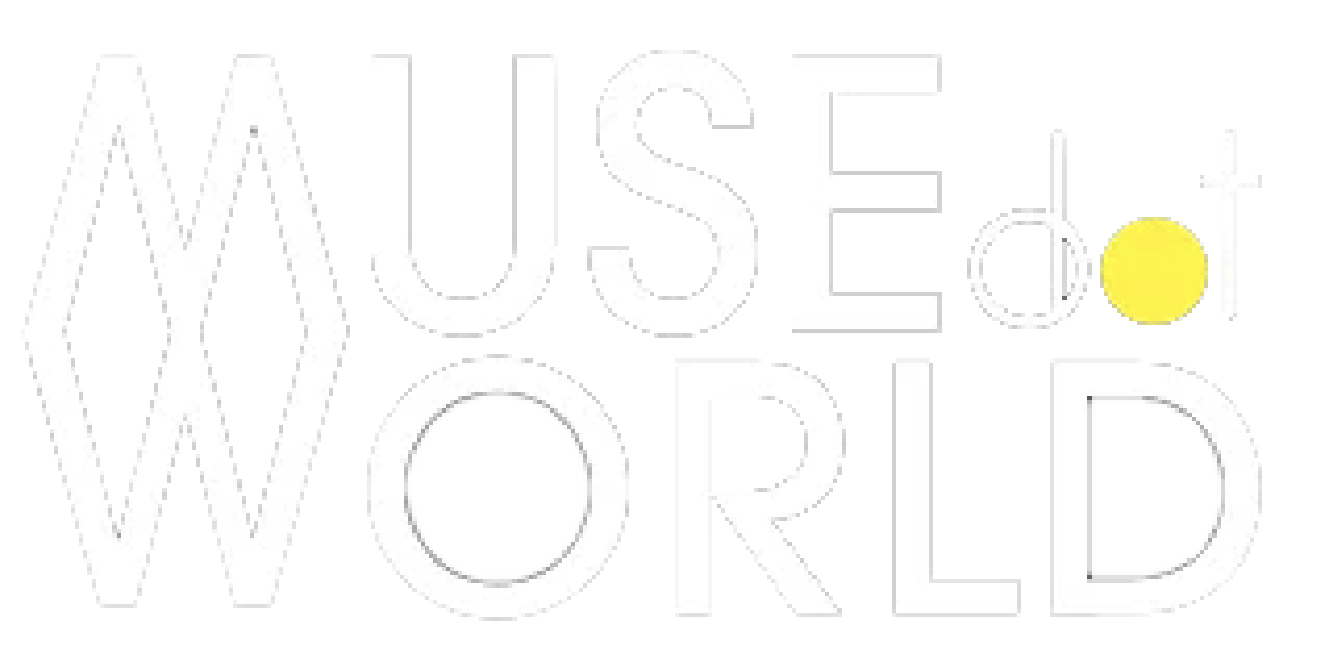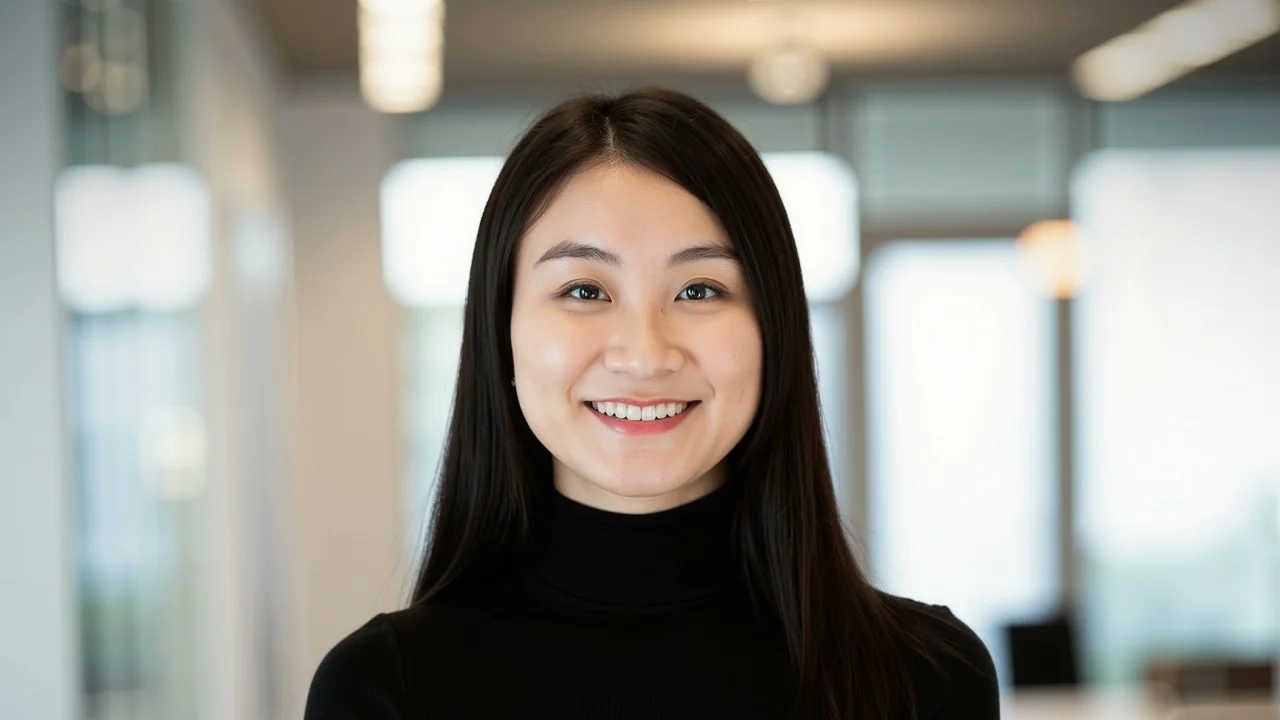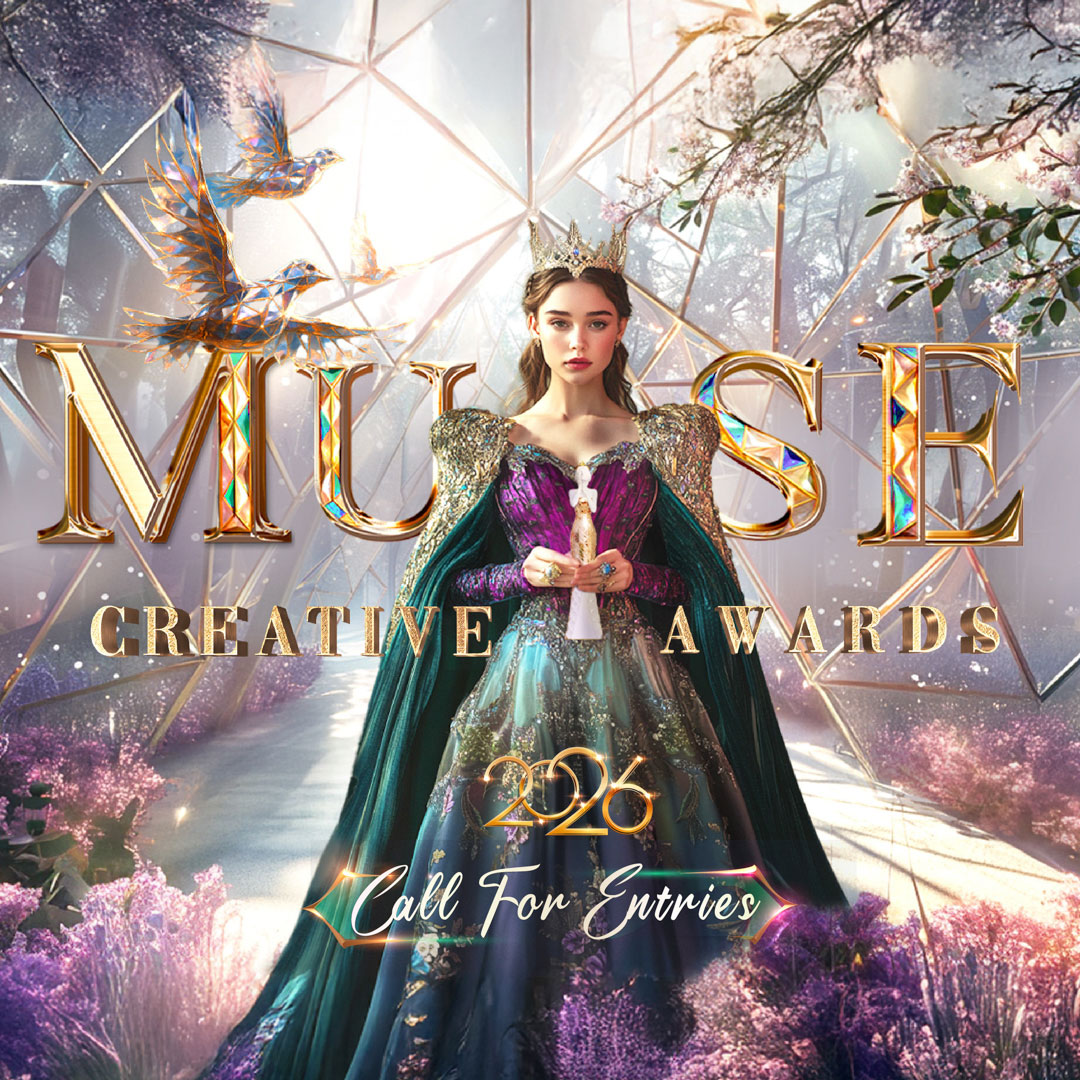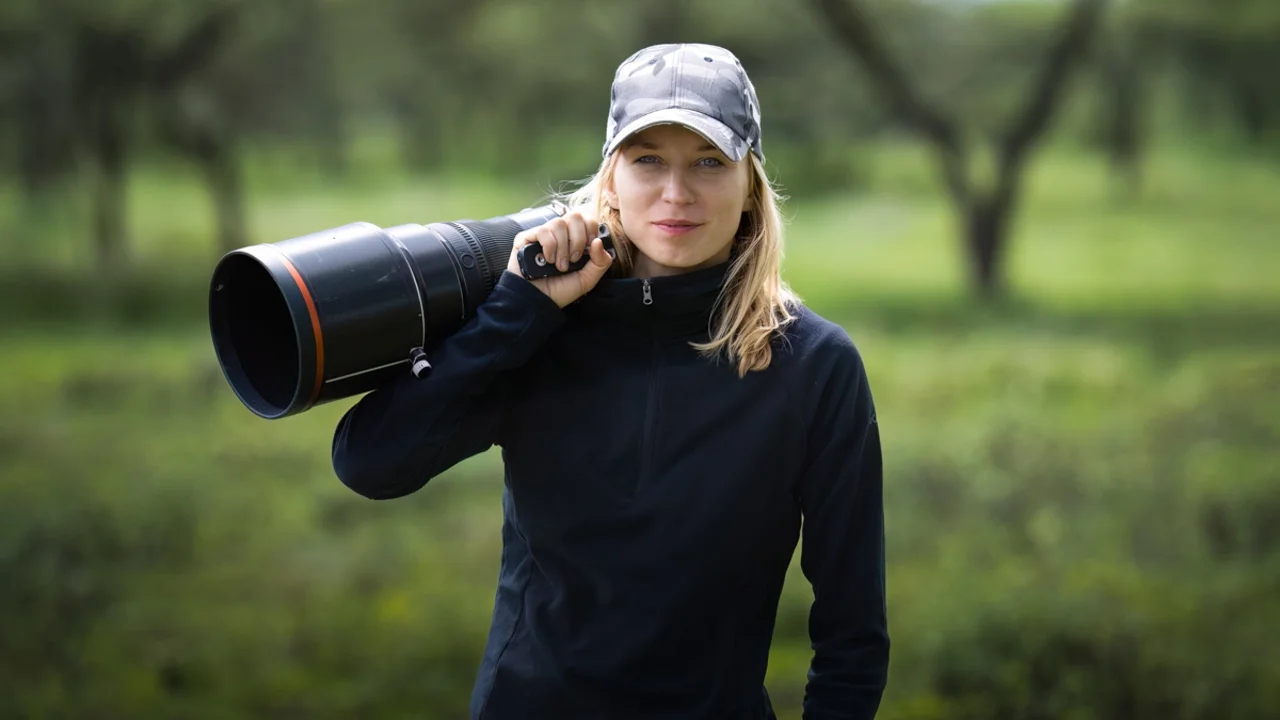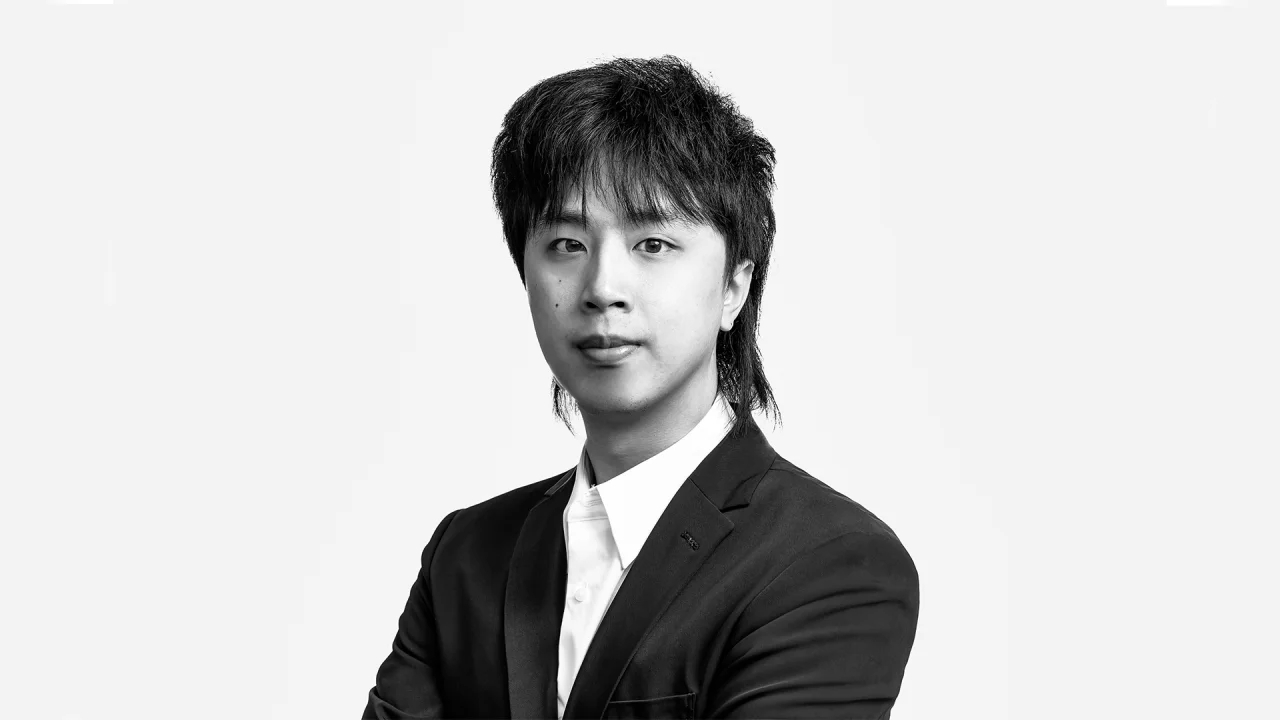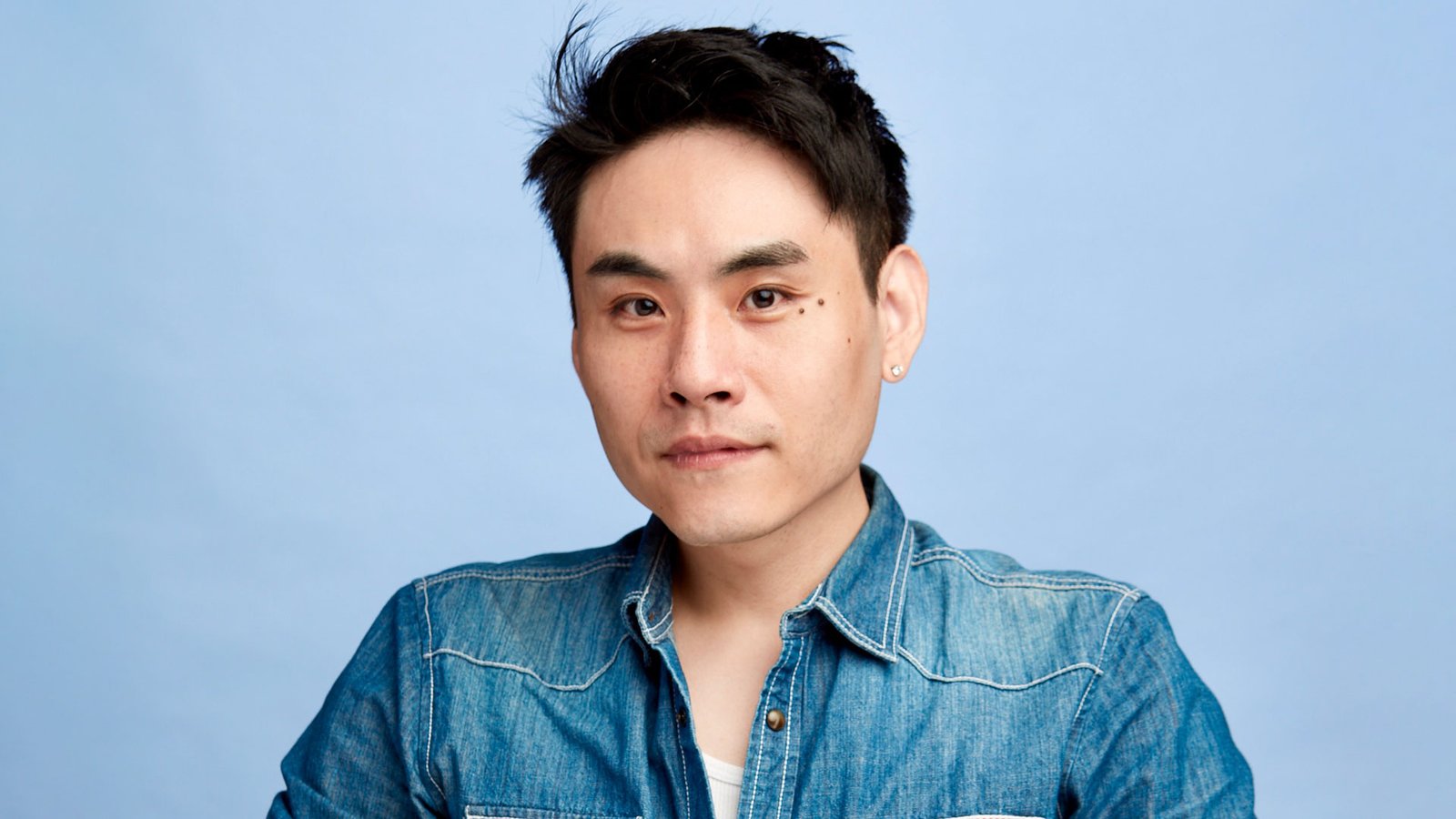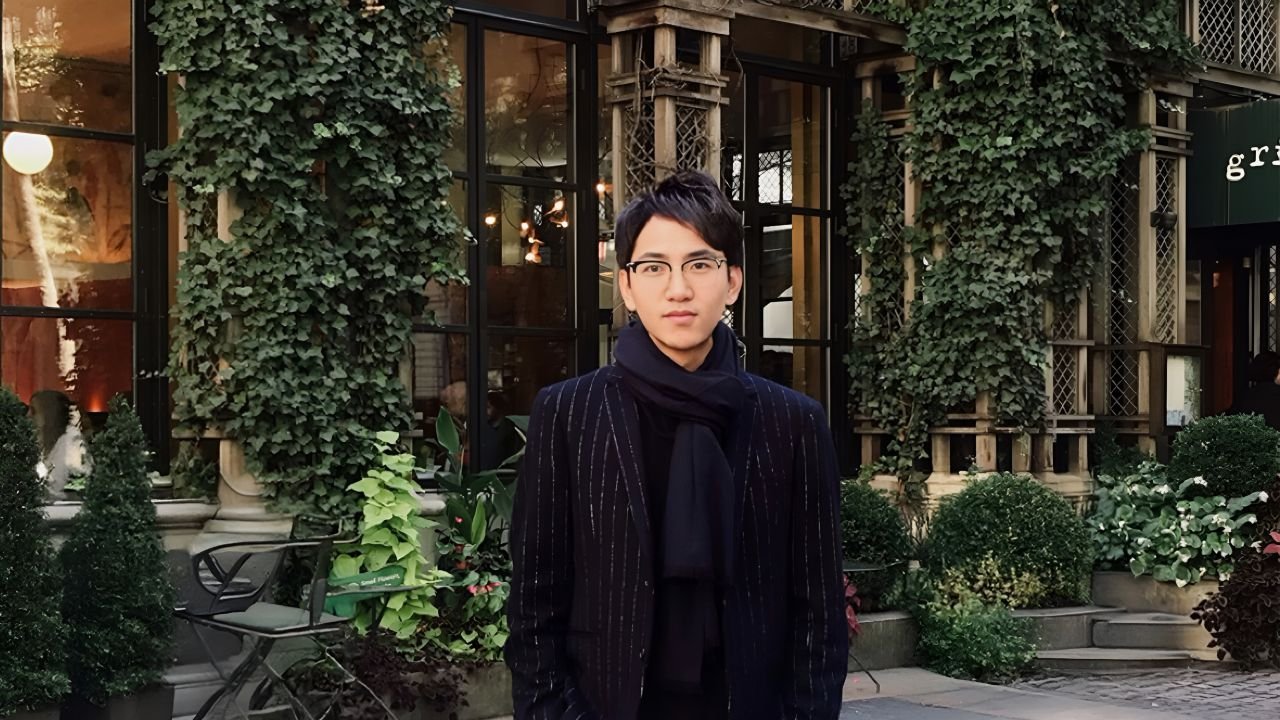Designing with Restraint, Feedback, and Feeling – Insights from Yani Liu
Yani Liu
Yani Liu is a UX designer based in Seattle, currently shaping user experiences at Autodesk with a thoughtful, hands-on approach. Rooted in empathy and a lifelong passion for creative problem-solving, she brings clarity and care to complex design challenges through observation, iteration, and balance.
I’m Yani Liu, a UX Designer based in Seattle. I graduated from the University of Washington with a Master’s degree in Human-Centred Design & Engineering. Currently, I work as an Experience Designer at Autodesk, a global leader in 3D design, engineering, and entertainment software, empowering innovators to design and make a better world.
From a young age, I enjoyed watching the creative art show "Art Attack," hosted by Neil Buchanan, which sparked my passion for hands-on crafting and free creative expression without limitations. As I grew up, I developed a keen interest in observing and understanding subtle differences in user experiences across various products.
Sharing these nuanced insights with others deepened my empathy and guided me toward a career in design.
Being recognised by the London Design Awards is deeply validating. It reinforces my commitment to meticulous refinement and continuous improvement in my design work. This recognition inspires me to keep innovating, especially on projects that meaningfully benefit community-oriented initiatives
Winning this award has boosted my confidence as a designer and brought more attention to my work. It has allowed me to engage deeply with peers and industry leaders, expand my professional network, and foster new opportunities for meaningful collaborations and discussions.
Experimentation is absolutely essential in my creative process. For The Vera Project, I went through extensive experimentation, including brand positioning, mood boards, visual languages, and numerous web prototypes—each undergoing multiple iterations. I found this iterative and explorative process extremely fulfilling, enabling me to clearly identify and rapidly adjust to client needs, resulting in a compelling and intuitive user experience.
Cross-disciplinary experiences consistently offer me unexpected inspiration. Before transitioning into UX/UI design, I was a landscape architect with backgrounds in urban and architectural design. Shifting between different design fields has highlighted intriguing commonalities and unique distinctions. Integrating insights from these diverse areas often sparks fresh, innovative ideas for my projects.
I wish more people understood that design often involves balancing constraints and making thoughtful compromises—much like gracefully dancing while wearing chains. It’s an iterative journey grounded in continuous feedback, rigorous testing, and sincere empathy toward users’ experiences and needs.
I navigate the balance by actively listening, clearly communicating, and grounding my decisions firmly in user research and empirical feedback. Ensuring design choices are informed by user insights helps naturally foster consensus during the collaborative process.
Initially, capturing VERA’s distinctive spirit within its brand identity and consistently conveying this through detailed design choices was challenging. Through rigorous testing and iterative refinements, we effectively aligned the visual language with VERA’s unique ethos.
Another significant challenge was balancing usability with artistic expression. VERA’s rich history and emphasis on radical, inclusive self-expression required carefully integrating dynamic visual elements with practical accessibility and maintainability.
I employed sharp geometric shapes and dynamic angular elements symbolising VERA's commitment to authentic self-expression, aligning with their inclusive “always all ages” ethos. A structured grid system ensured everything remained orderly and balanced, enhancing usability across different devices while maintaining visual harmony.
When experiencing creative blocks, I step away from my digital workspace and engage in outdoor local activities or immerse myself in nature around Seattle. These environmental shifts refresh my perspective and reignite my creativity. Occasionally, exploring platforms like Pinterest, Dribbble, or visiting exhibitions further inspires me and enriches my creative thinking.
Inclusivity and empathy are central to my design ethos. My experiences studying and working across different countries and cultures significantly shaped my sensitivity to diverse user needs, reinforcing my dedication to creating accessible, inclusive designs.
My advice would be to find and nurture the passion that genuinely excites you. It’s curiosity and enthusiasm that drive continuous exploration and ultimately lead to meaningful success in design.
I would choose Steve Jobs because of his revolutionary and visionary approach to innovation. I vividly recall the iconic moment when he introduced the MacBook Air by pulling it out from an envelope. I’d be fascinated to see how his visionary approach would tackle today's rapidly evolving AI landscape.
I wish people would ask more about the stories and personal connections designers form with their projects—the pride felt from successes and reflections from challenges. These unique human elements and stories form irreplaceable and deeply moving moments within the design process.
Winning Entry
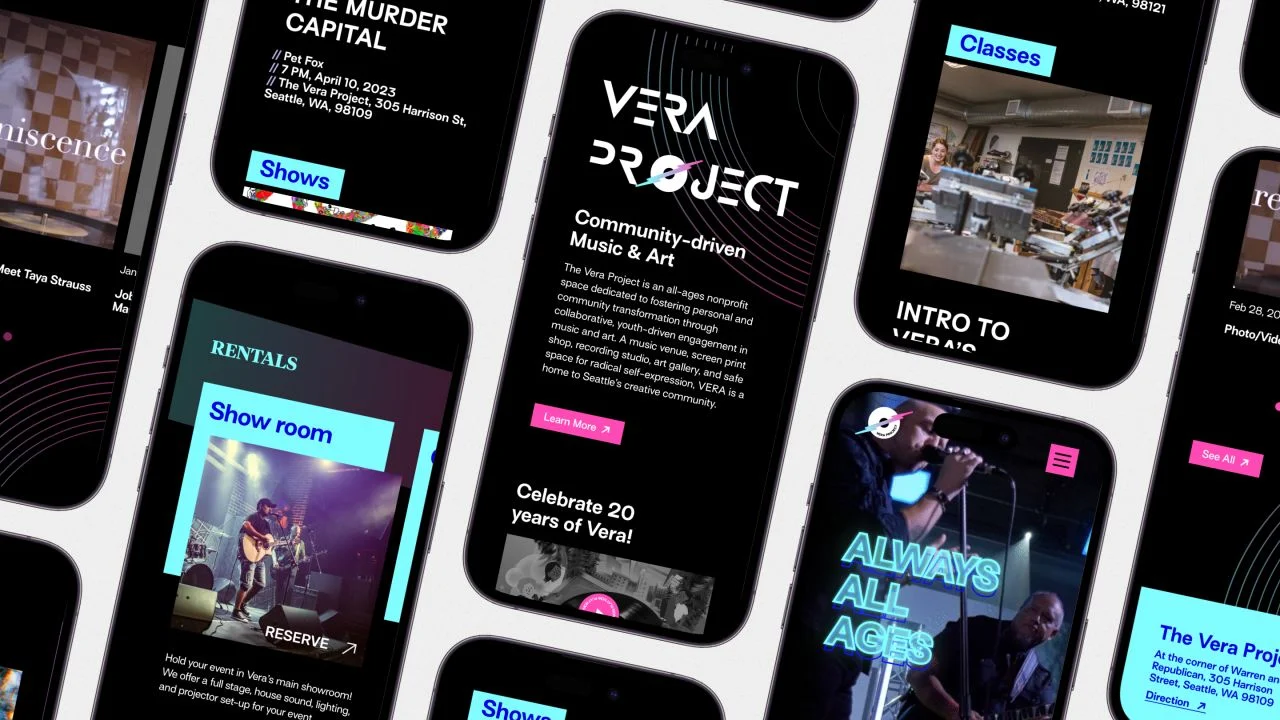
Read more insights from An Interview with ChiJui Wang | Letting the Space Speak here.
ADVERTISEMENT
